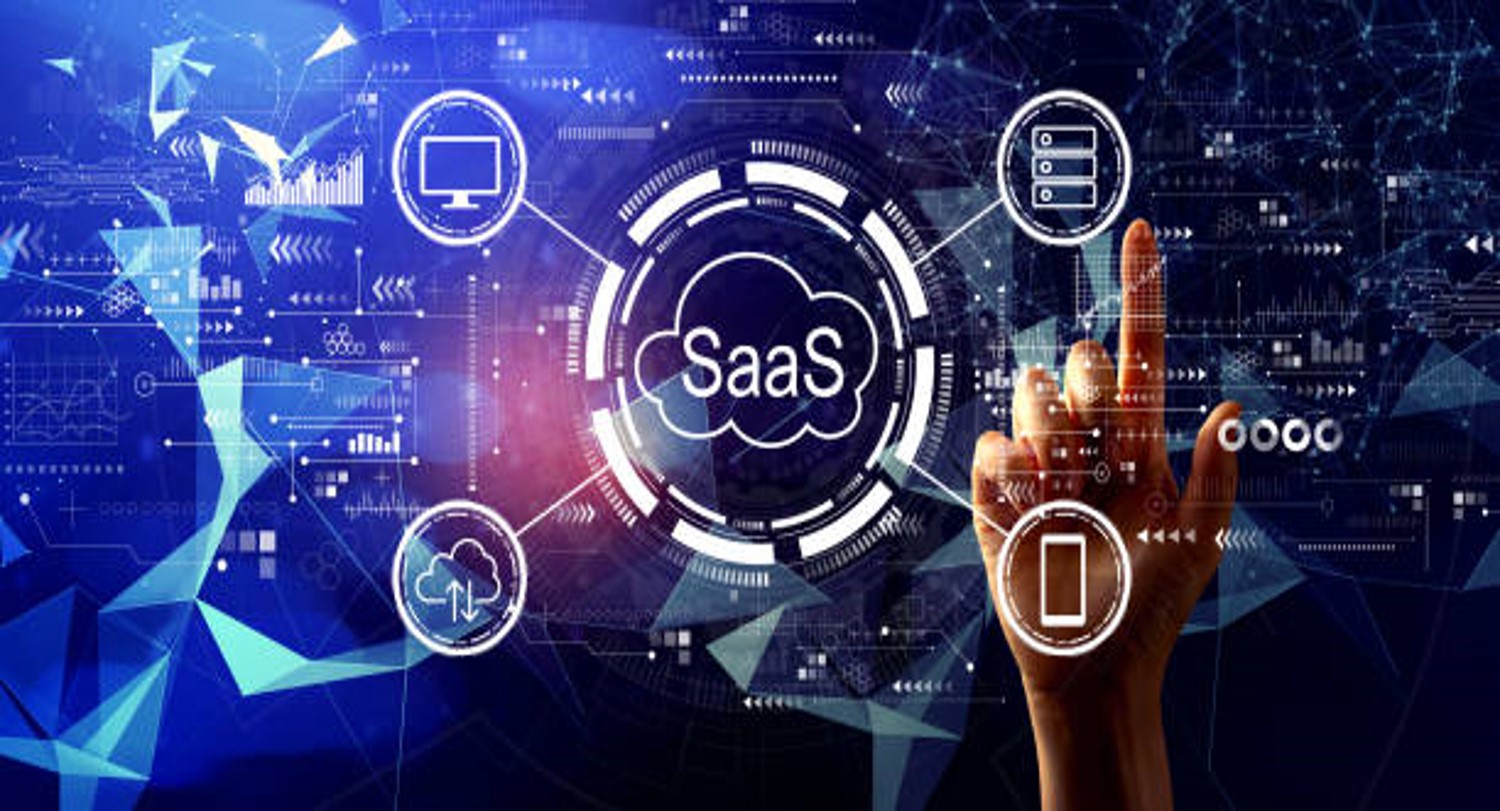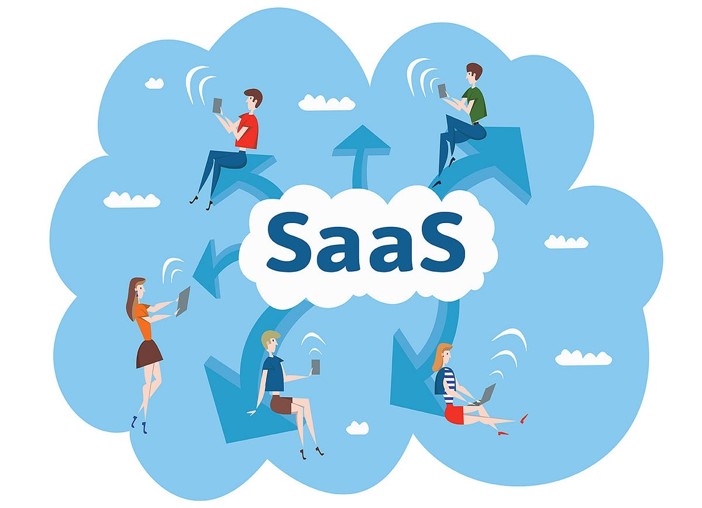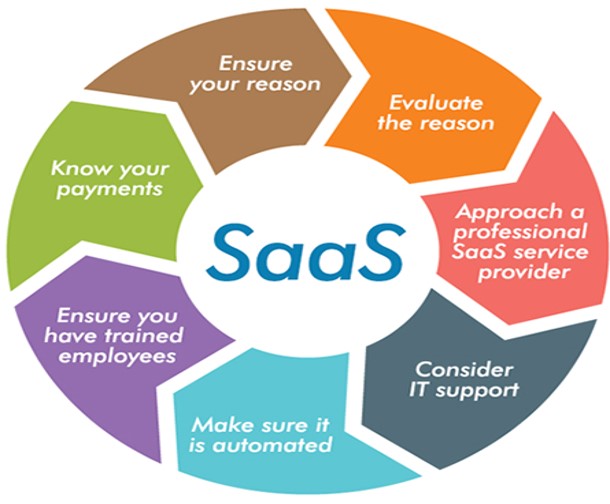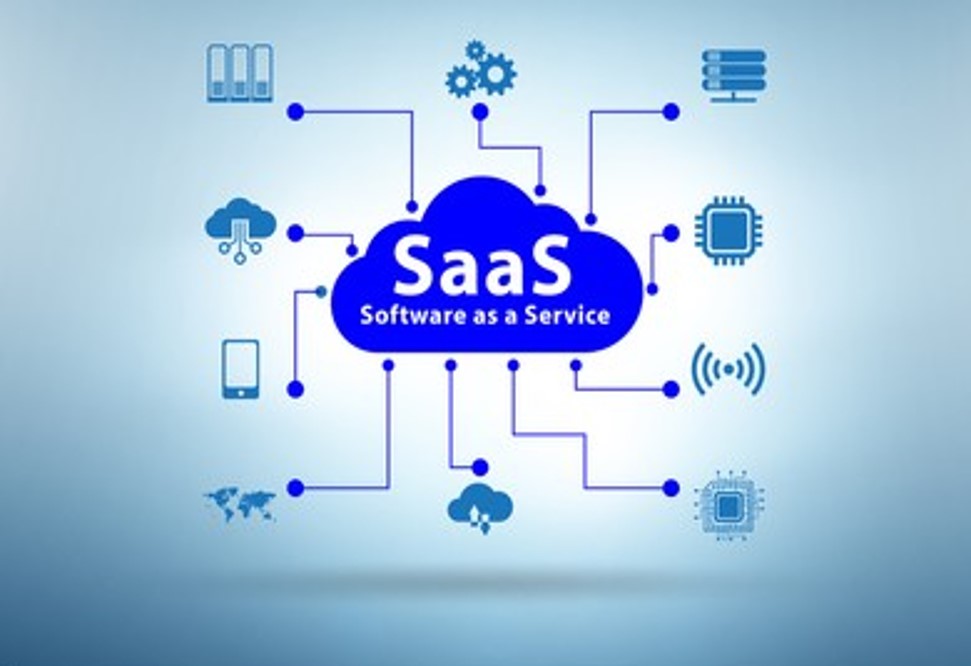
(SaaS) Software as a Service
SaaS stands for “Software as a Service.” In a short and simple way, SaaS refers to a cloud computing model where software applications are provided over the internet on a subscription basis. Instead of purchasing and installing software on individual computers, users can access and use the software through a web browser.
FEATURES OF SOFTWARE AS A SERVICE (SaaS)
Hosting: The software is hosted on servers in the cloud, rather than on individual devices or local servers.
User Access: Users access the software through a web browser, typically over the internet.
Subscription Model: Instead of buying the software outright, users pay a subscription fee to use the software. This fee often includes maintenance, updates, and support.
Centralized Updates: Software updates and maintenance are handled centrally by the SaaS provider, relieving users of the responsibility for these tasks.

Scalability: SaaS allows for flexible scaling, enabling users to easily increase or decrease the number of subscriptions based on their needs.
Multi-Tenancy: SaaS applications are designed to serve multiple users (tenants) on the same infrastructure while keeping their data and configurations separate.
ROLE OF SOFTWARE AS A SERVICE (SaaS)
The role of SaaS (Software as a Service) is pivotal in modernizing and streamlining software delivery. SaaS shifts the traditional model of purchasing and installing software to a subscription-based, cloud-hosted approach. It empowers users to access applications conveniently through web browsers, eliminating the need for local installations and maintenance. This model not only enhances accessibility but also ensures that users benefit from continuous updates and improvements managed by the SaaS provider. The subscription-based structure enables cost-effectiveness, scalability, and flexibility, making SaaS a driving force in simplifying software deployment, reducing upfront costs, and fostering efficient, centralized management.
IMPORTANCE OF SOFTWARE AS A SERVICE (SaaS)
The importance of SaaS (Software as a Service) lies in its transformative impact on the software industry. SaaS has revolutionized the way businesses access and utilize software by offering a subscription-based, on-demand model. This approach significantly reduces upfront costs, making sophisticated software accessible to a broader audience. SaaS providers handle maintenance and updates centrally, ensuring users always have access to the latest features without the burden of manual upgrades.
BENEFITS OF SOFTWARE AS A SERVICE (SaaS)
Cost Efficiency: SaaS eliminates the need for upfront hardware and software investments, allowing businesses to subscribe to services on a pay-as-you-go basis, reducing initial costs.
Accessibility: Users can access SaaS applications from any location with an internet connection, providing flexibility and fostering remote work.
Automatic Updates: SaaS providers handle software maintenance and updates centrally, ensuring users always have access to the latest features without manual intervention.
Scalability: SaaS offers the flexibility to scale up or down based on organizational needs, making it easy to accommodate growth or downsizing.
Centralized Management: SaaS centralizes data and application management, streamlining IT responsibilities and reducing the burden on individual users or organizations.

Collaboration: SaaS facilitates real-time collaboration as users can work on the same version of the software, promoting teamwork and productivity.
Security: Reputable SaaS providers invest in robust security measures, often surpassing what individual organizations can implement, ensuring data safety.
Quick Deployment: With SaaS, there’s no need for lengthy installation processes; users can quickly access applications through web browsers, accelerating deployment times.
TYPES OF SOFTWARE AS A SERVICE (SaaS)
1. Vertical SaaS: Tailored for specific industries, addressing unique needs and requirements of particular vertical markets.
2. Horizontal SaaS: Provides general-purpose solutions applicable across various industries, such as office productivity tools and communication software.
3. Public SaaS: Hosted on external servers and accessible to the general public over the internet. Examples include Google Workspace and Microsoft 365.
4. Private SaaS: Tailored for a specific organization, with the software hosted on a private cloud or data center, ensuring a more controlled and secure environment.
5. Mobile SaaS: Designed specifically for mobile devices, offering applications and services optimized for use on smartphones and tablets.
6. Collaboration SaaS: Focuses on enhancing teamwork and communication, offering tools like project management, file sharing, and messaging platforms.

7. IoT SaaS: Integrates with Internet of Things devices, collecting and analyzing data from connected devices to provide valuable insights.
8. Enterprise SaaS: Geared towards larger organizations, providing comprehensive solutions for various business functions, such as customer relationship management (CRM) and enterprise resource planning (ERP).
JOB ROLES SOFTWARE AS A SERVICE (SaaS)
1. SaaS Developer
2. SaaS Engineer
3. SaaS Administrator
4. Customer Support Specialist
5. SaaS Sales Representative
6. Data Security Analyst
7. SaaS Product Manager
8. Integration Specialist
SALARY
The salary is between 13LPA To 35LPA.
COURSE HIGHLIGHTS
1. Suited for students, fresher’s, professionals, and corporate employees
2. Live online classes
3. 4-Month program
4. Certificate of completion
5. Decision Oriented Program of Analysis
6. Live Classes by highly experienced faculties
7. Hands-on experience with real-life case studies.

CONCLUSION
In conclusion, Software as a Service (SaaS) has emerged as a transformative force in the realm of software delivery, offering businesses a cost-effective, scalable, and flexible solution. By shifting from traditional software ownership to a subscription-based model, SaaS reduces upfront costs, facilitates accessibility from any location, and ensures users always have access to the latest features through automatic updates. The centralized management of applications and data, coupled with robust security measures, enhances efficiency and safeguards sensitive information. SaaS plays a crucial role in democratizing access to advanced software, fostering collaboration, and empowering organizations to adapt swiftly to changing technological landscapes. As a key driver of innovation, SaaS continues to redefine how businesses and individuals interact with and benefit from software applications.

